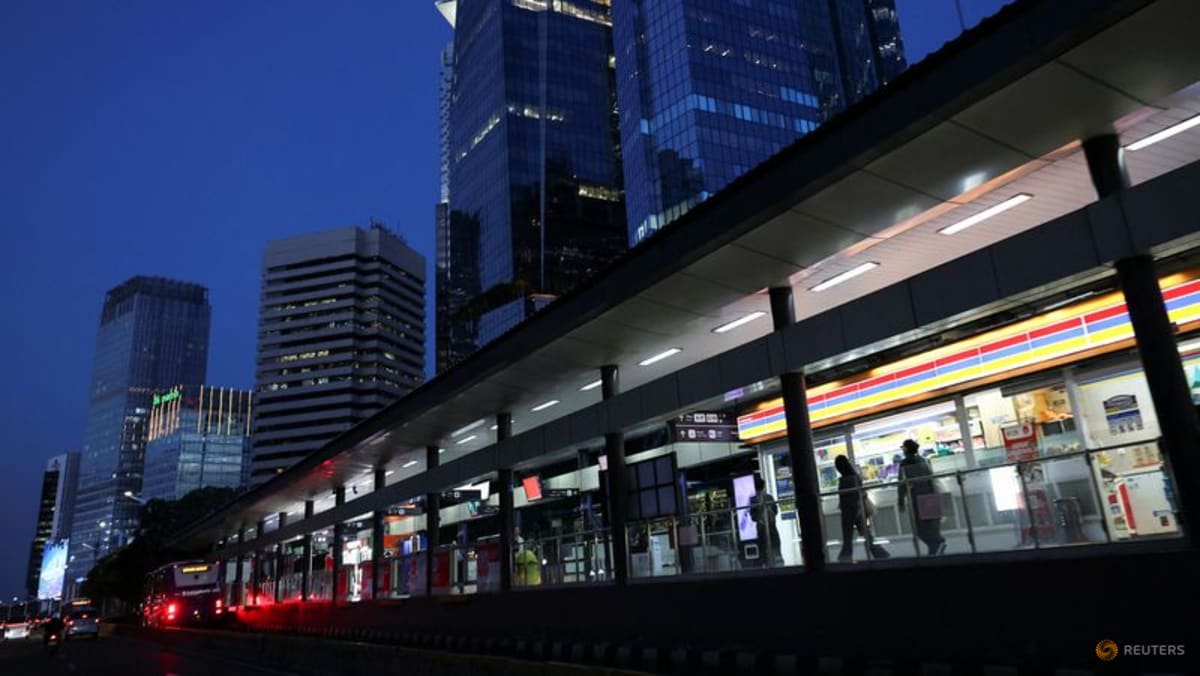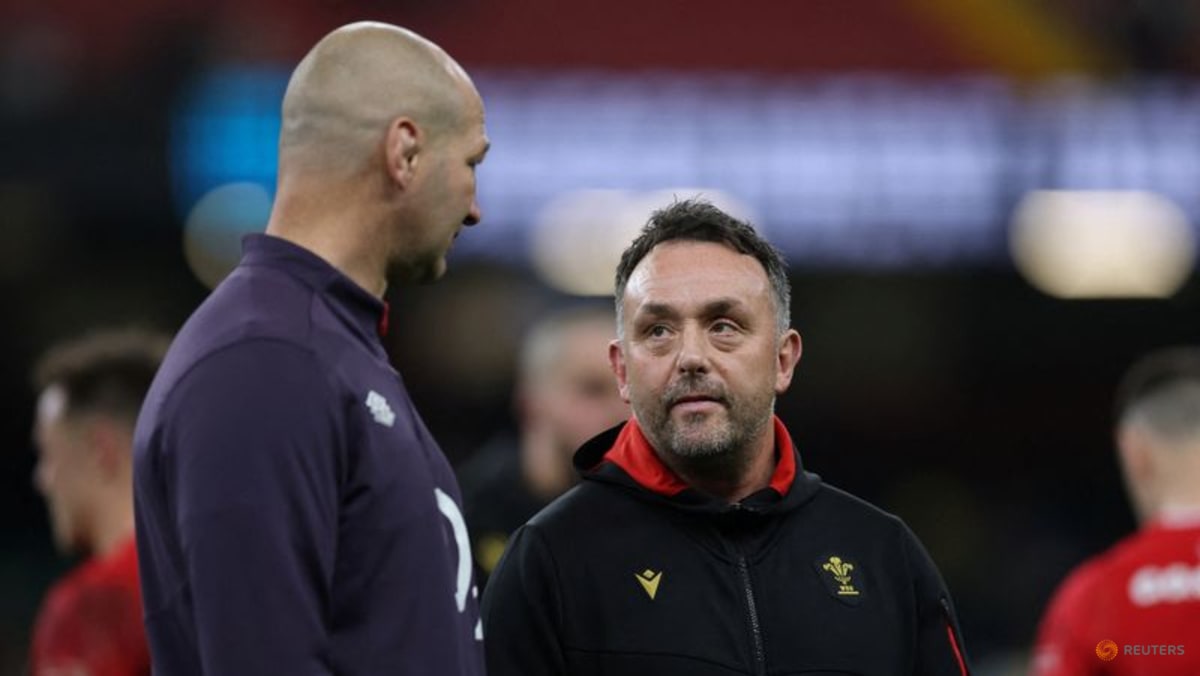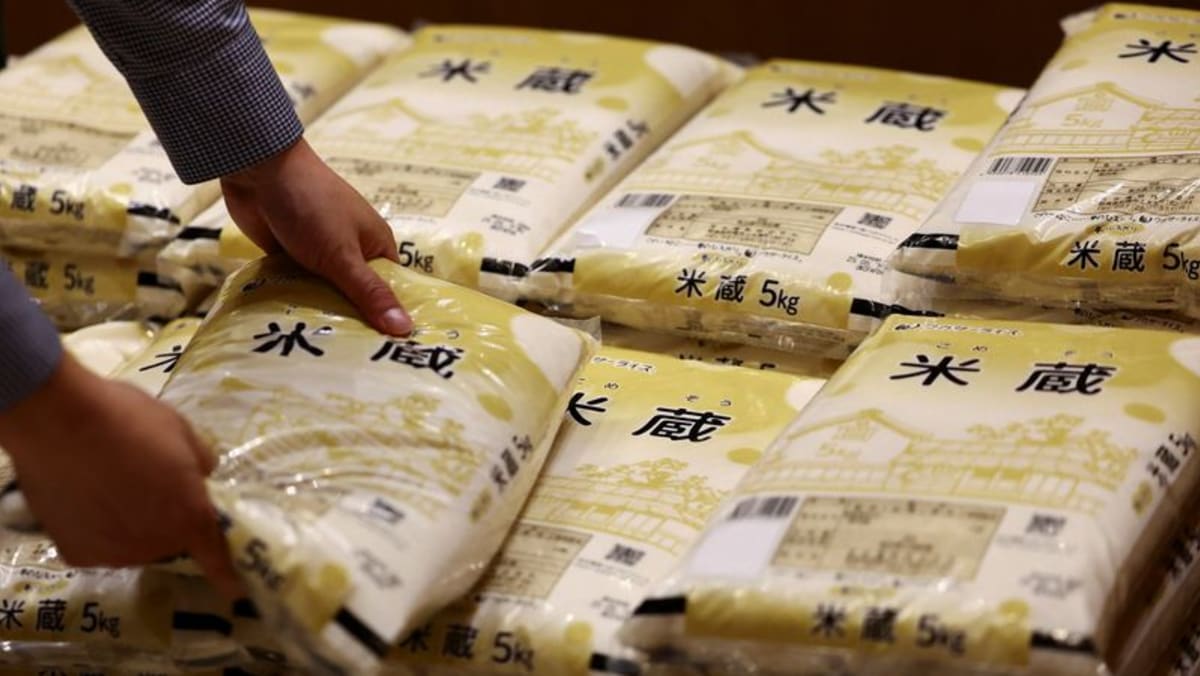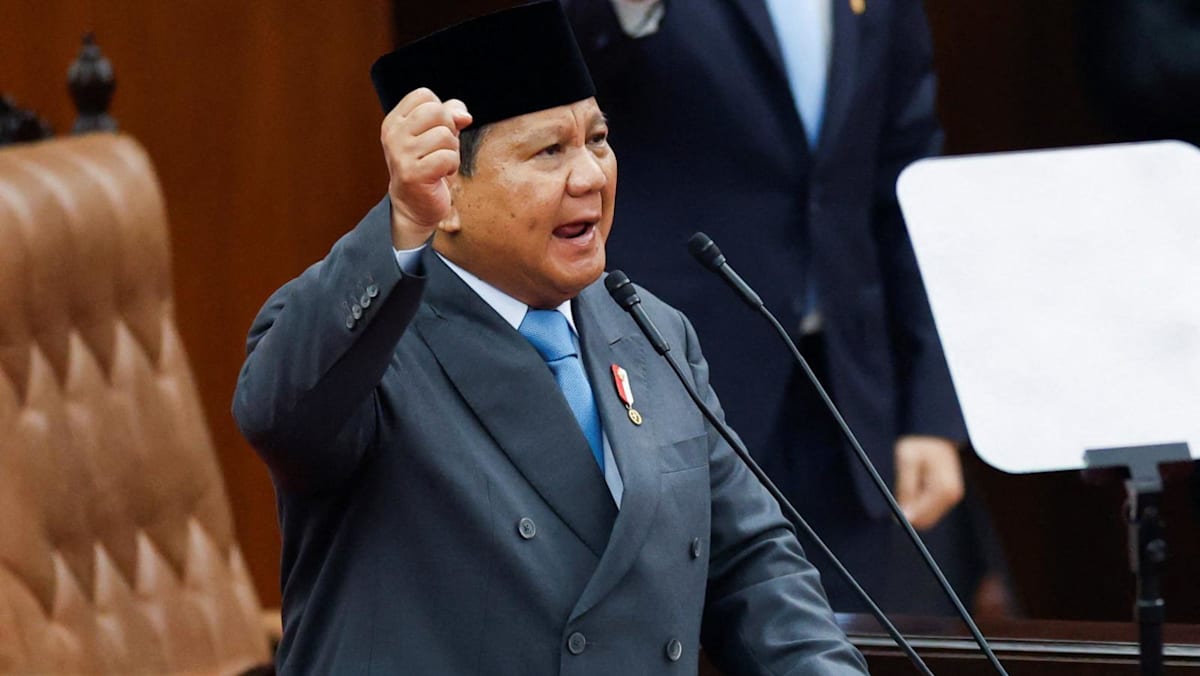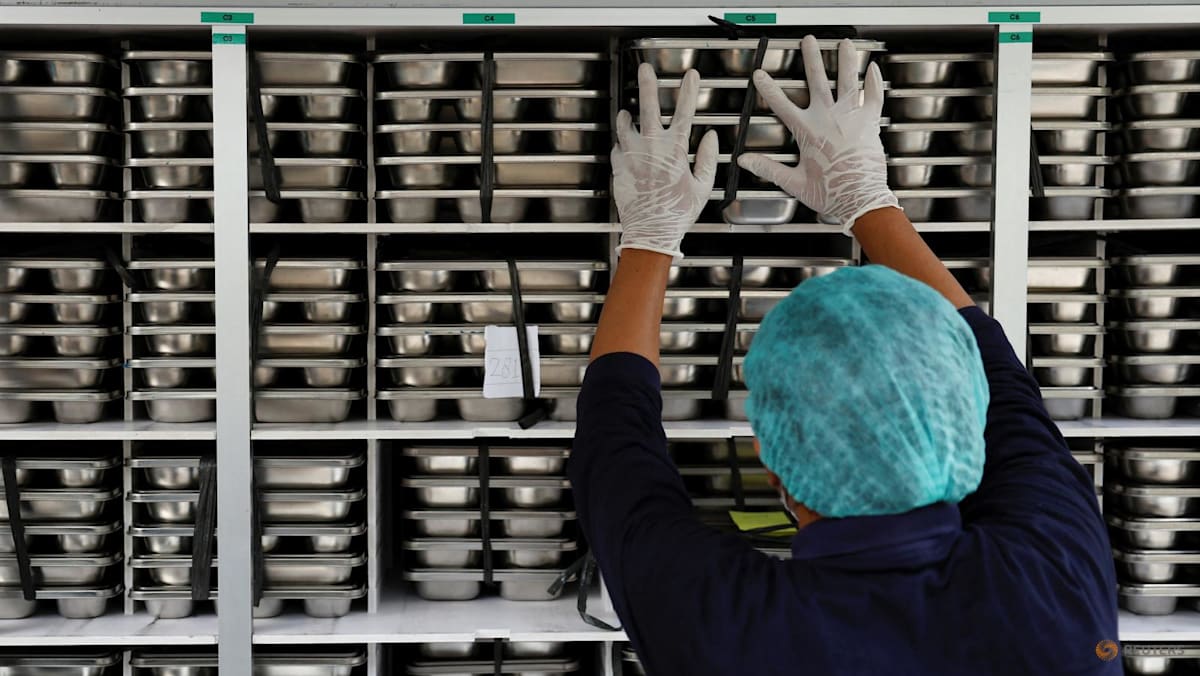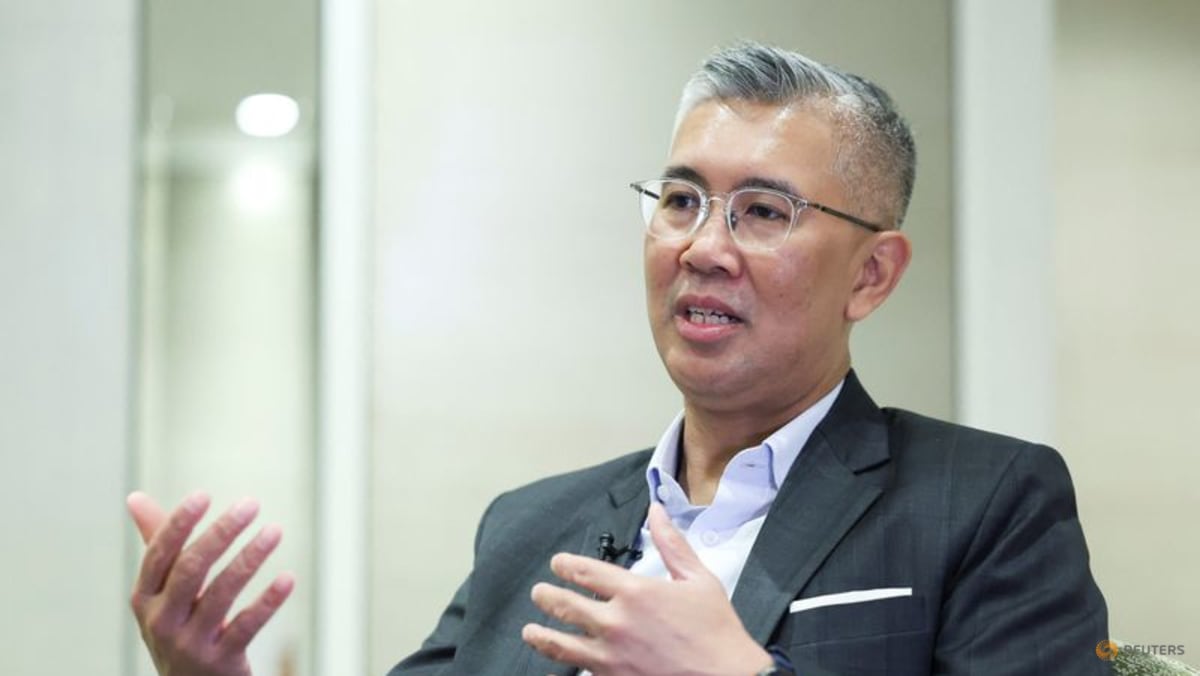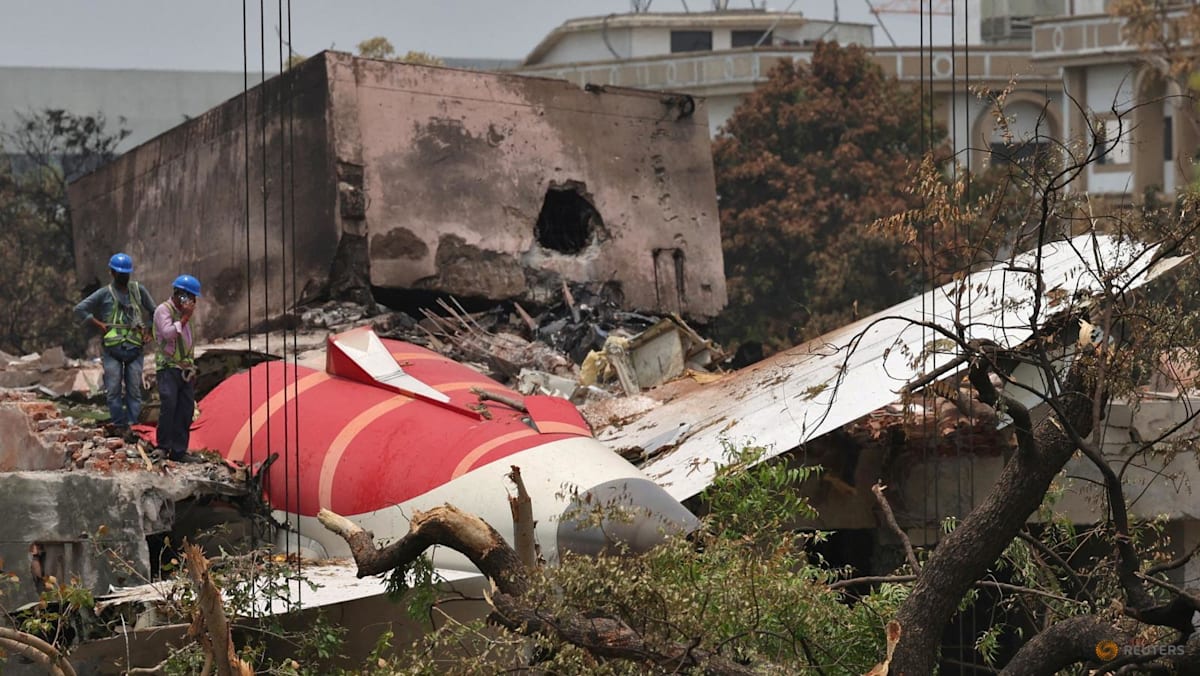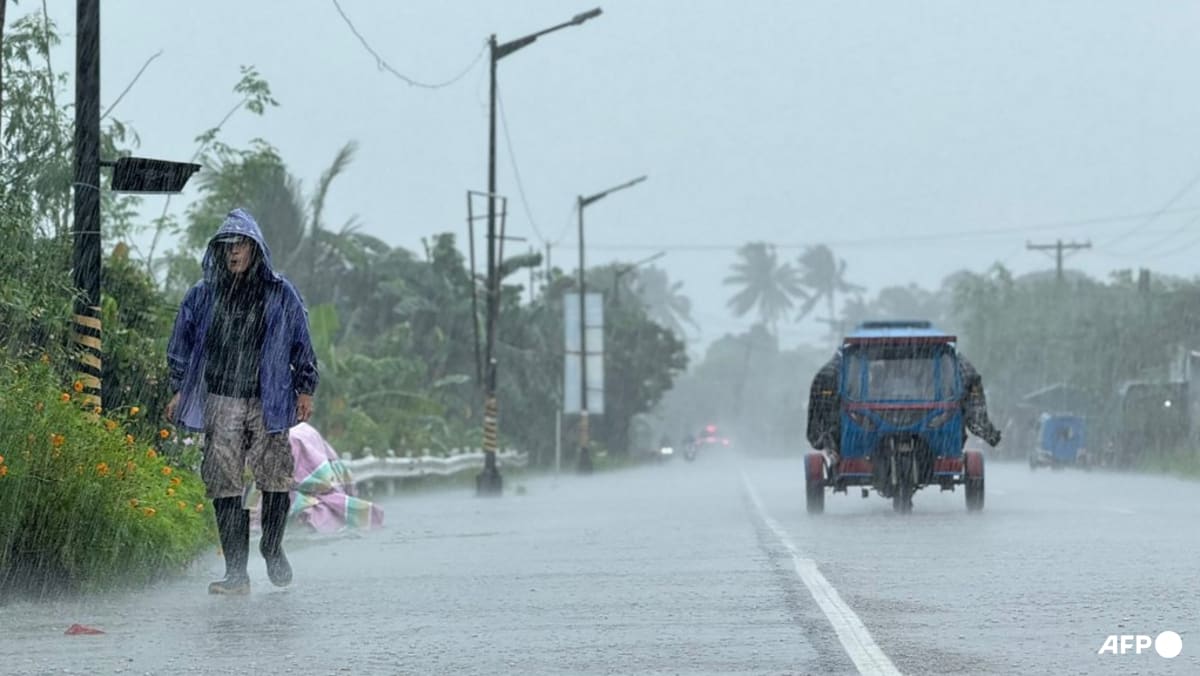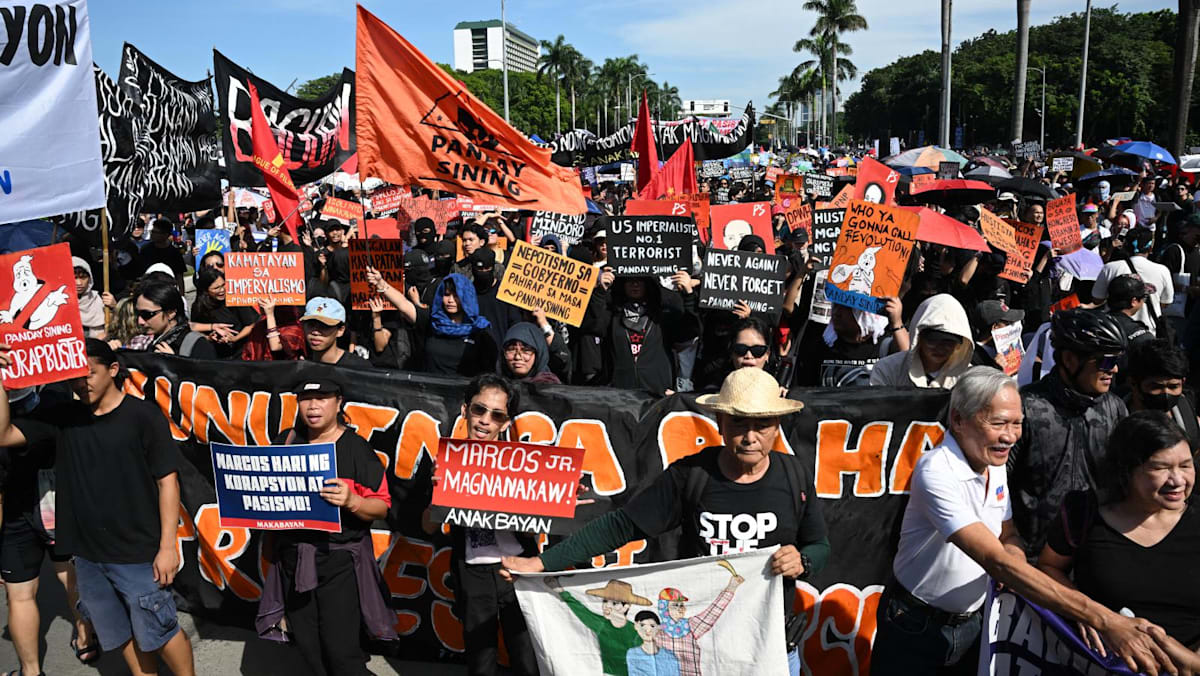TARIFF PRESSURE
Ishiba is under additional pressure to reach a trade deal with the United States before new tariffs of 25 per cent take effect on Aug 1.
Japan’s important auto imports into the world’s biggest economy are already subject to painful levies, as are steel and aluminium.
US President Donald Trump wants to get Japanese firms to manufacture more in the US, and Tokyo to buy more US goods – notably gas and oil, cars and rice – to reduce the US$70 billion trade deficit with the Asian powerhouse.
Ishiba, who has sent his trade envoy Ryosei Akazawa to Washington seven times to try and broker a deal, was due to host US Treasury Secretary Scott Bessent on Friday.
Akazawa was also set to join the talks, and travel with Bessent to visit the World Expo in Osaka on Saturday, the Japanese government said.
The Bank of Japan has been tightening monetary policy since last year as inflation crept up but worries about the impact of US tariffs on the world’s number four economy has forced it to take a slower approach.
Factors behind the rising price of rice include shortages due to an intensely hot and dry summer two years ago that damaged harvests nationwide.
Since then, some traders have been hoarding rice in a bid to boost their profits down the line, experts say.
The issue was made worse by panic buying last year prompted by a government warning about a potential “megaquake” that did not strike.
The government has taken the rare step of releasing its emergency stockpile since February, which it typically only ever did during disasters.
“Policy flip-flops, delayed pass-through from producer to consumer prices, and yen depreciation will keep price pressures elevated in the near term,” said Stefan Angrick at Moody’s Analytics.
“With nominal pay gains stuttering, real wages won’t get the lift they need any time soon. And pay growth will likely slow further as US tariffs and tariff threats hit manufacturing and employment conditions,” he said in a note.
“This leaves the Bank of Japan in a bind … We expect the BOJ will stay on hold for now, but not for long. A rate hike is likely by January and could come as early as December.”

